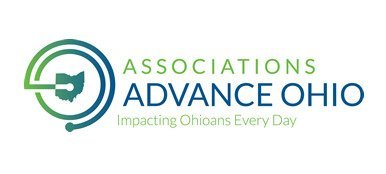Complete Story
08/27/2024
Understanding Goodwill Impairment
Examining this complex asset
Goodwill is a critical yet often misunderstood intangible asset in the business world. Linked to a company's customer loyalty, brand reputation or other non-physical attributes, goodwill plays a significant role, especially during mergers and acquisitions. While internally developed goodwill remains off the balance sheets, acquired goodwill must be reported on the buyer’s financial statements, reflecting the premium paid over the fair value of tangible and identifiable intangible assets and liabilities. This article delves into the fundamentals of goodwill, its valuation and the implications of impairment on financial reporting, shedding light on the nuanced accounting rules that govern this complex asset.
The Basics of Goodwill Impairment
The value of goodwill is determined by deducting, from the cost to buy a business, the fair value of tangible assets, identifiable intangible assets and liabilities obtained in the purchase. It reflects the premium the buyer of a business pays over its fair value.
Investors are interested in tracking goodwill because it enables them to see how a business combination fares in the long run. In accounting periods after the acquisition date, acquired goodwill must be monitored for impairment. That happens when market conditions cause the fair value of goodwill (an indefinite-lived intangible asset) to fall below its cost.
Please select this link to read the complete article from OSAP Mission Partner Clark Schaefer Hackett (CSH).






